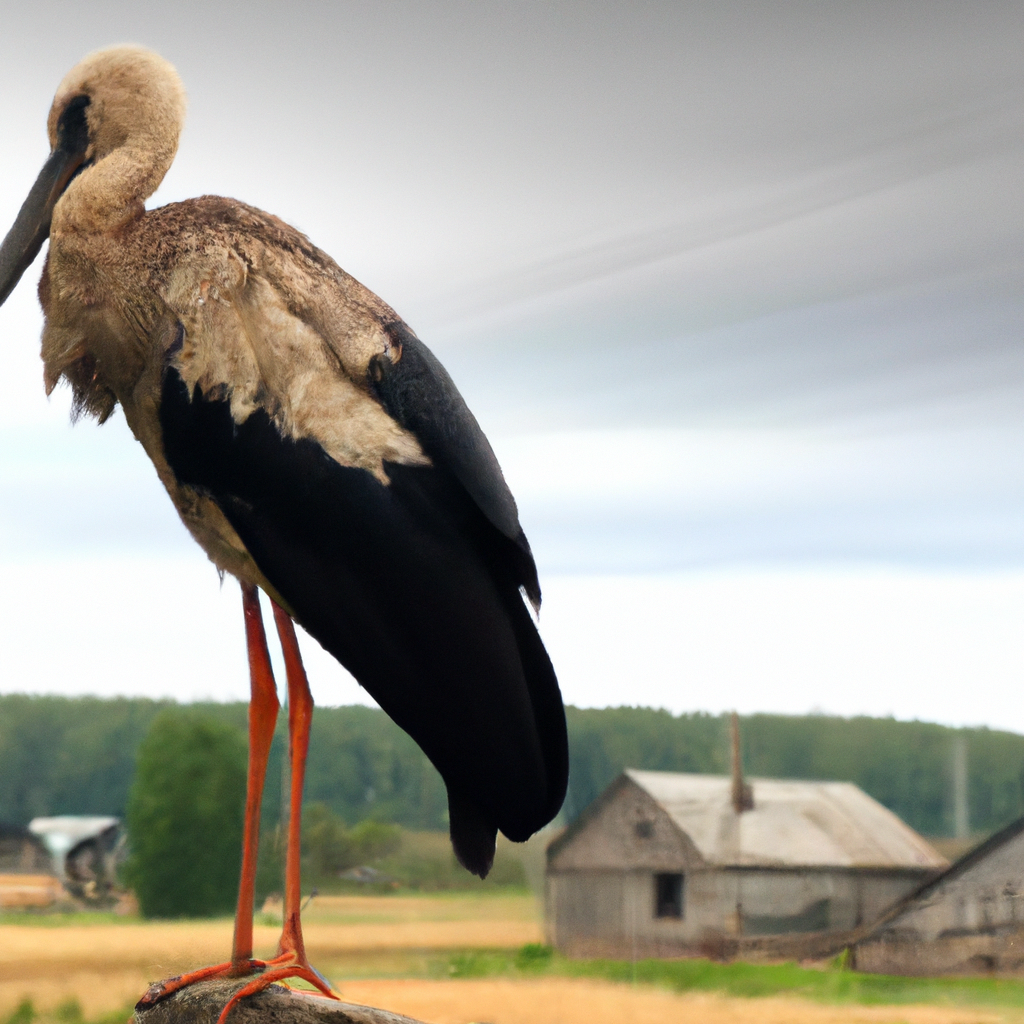Birds have always fascinated humans with their ability to fly gracefully in the sky. Their flight is not only a result of their unique anatomy but also their adaptation to various environmental conditions. Understanding the principles of flight in birds requires a closer look at their avian aerodynamics, flight mechanics, wing structure, and adaptations to various environments. In this article, we will explore the principles of flight in birds by delving into the various factors that enable them to fly.
Avian Aerodynamics
Birds have evolved to become aerodynamic in order to fly efficiently. Avian aerodynamics is the study of how birds are able to maintain stability and control during flight. This is achieved through the shape and size of their wings, which are designed to create lift and reduce drag. The shape of the wing is also responsible for the bird’s ability to change direction and speed during flight.
Bird Wing Structure
The structure of bird wings is a vital component in their ability to fly. The wings are composed of three main parts: the primary feathers, secondary feathers, and covert feathers. The primary feathers are the longest feathers on the wing and are responsible for generating lift during flight. The secondary feathers are located behind the primary feathers and help to control the bird’s speed and direction. The covert feathers cover the base of the primary and secondary feathers, reducing turbulence and drag.
Bird Wing Anatomy
The anatomy of a bird’s wing is also crucial in their ability to fly. The wing is made up of bones, muscles, and tendons that work together to provide lift and control. The bones in a bird’s wing are lightweight and hollow, making them ideal for flight. The muscles in the wing are also designed to be lightweight and strong, allowing the bird to flap its wings quickly and efficiently. The tendons in the wing act like pulleys, allowing the bird to move its wings in a controlled manner.
Bird Flight Mechanics
Bird flight mechanics is the study of how birds use their wings to generate lift and control their flight. Birds use several techniques to generate lift, including flapping, gliding, and soaring. Flapping is the most common method used by birds to generate lift. Gliding and soaring are used by birds to conserve energy during flight by taking advantage of air currents.
Bird Flight Adaptations
Birds have adapted to various environments by developing unique flight adaptations. For example, birds that live in open areas with strong winds, such as the albatross, have developed long, narrow wings that enable them to glide effortlessly for long distances. Birds that live in forests, such as the woodpecker, have shorter wings that allow them to maneuver through tight spaces. Birds that live in hot, arid environments, such as the vulture, have developed large wings that help them to stay aloft for longer periods of time.
Bird Flight Performance
The performance of a bird’s flight is dependent on several factors, including their wing size, shape, and strength. Birds with larger wings are able to generate more lift and stay aloft for longer periods of time. Birds with shorter wings are more maneuverable and can change direction quickly. The shape of a bird’s wing also affects its flight performance. Wings that are more pointed at the tips are better suited for high-speed flight, while wings that are more rounded at the tips are better suited for low-speed flight.
Bird Wing Evolution
The evolution of bird wings has been a gradual process over millions of years. The earliest birds had wings that were not fully developed and were unable to fly. Over time, their wings evolved to become more aerodynamic, allowing them to fly more efficiently. Today, there are over 10,000 species of birds, each with their own unique wing structure and flight adaptations.
Bird Flight Biology
Bird flight biology is the study of how birds are able to fly by examining their anatomy, physiology, and behavior. This field of study has helped scientists to better understand the principles of flight in birds and how they have evolved over time. It has also led to the development of new technologies, such as drones, that are inspired by the flight mechanics of birds.
Conclusion
In conclusion, the principles of flight in birds are complex and fascinating. Birds have evolved to become aerodynamic, with unique wing structures and flight adaptations that allow them to fly efficiently in various environments. Understanding the principles of flight in birds requires a closer look at their avian aerodynamics, wing structure, anatomy, flight mechanics, adaptations, performance, evolution, and biology. By studying these factors, we can gain a better understanding of the amazing abilities of birds and apply this knowledge to new technologies.







